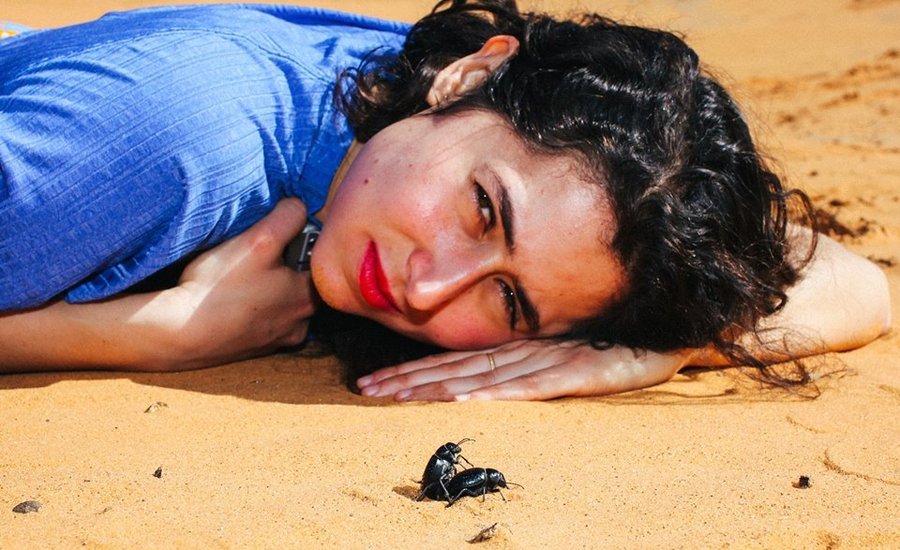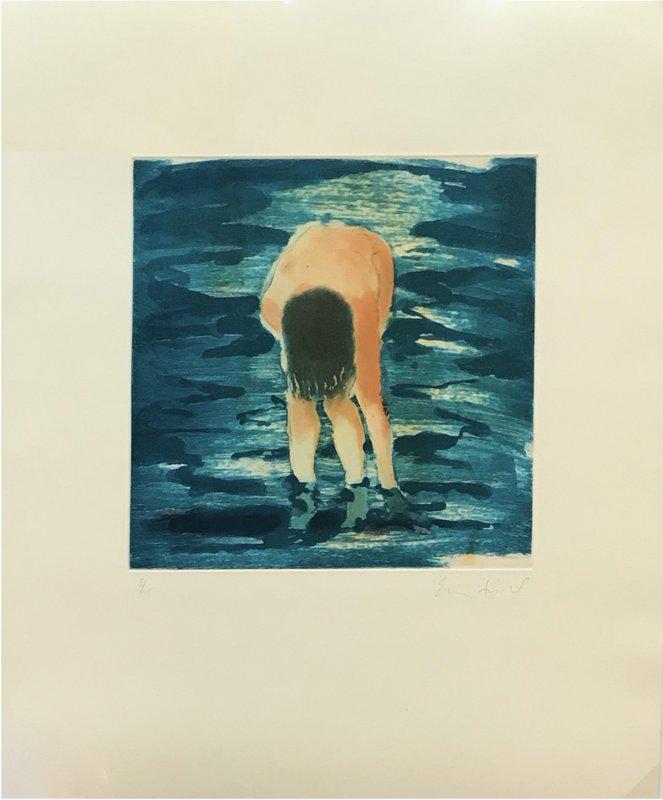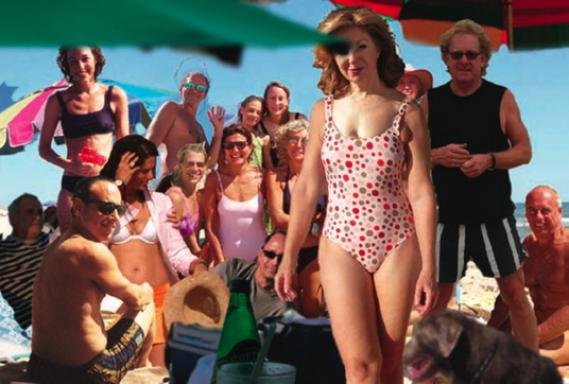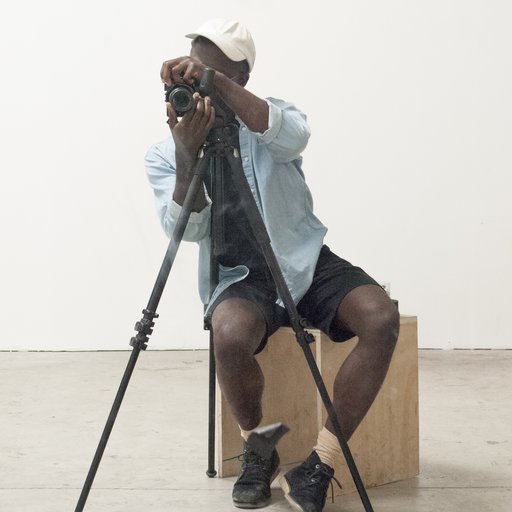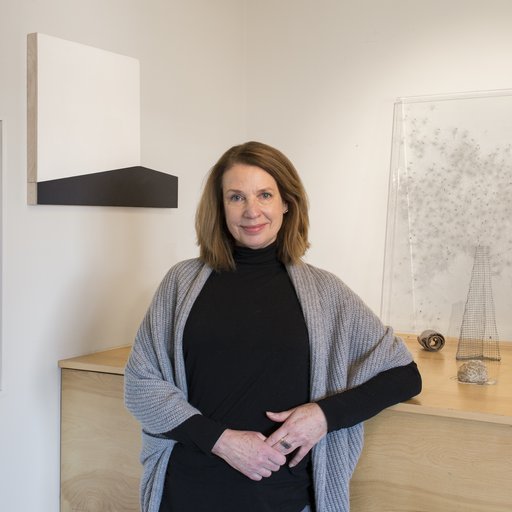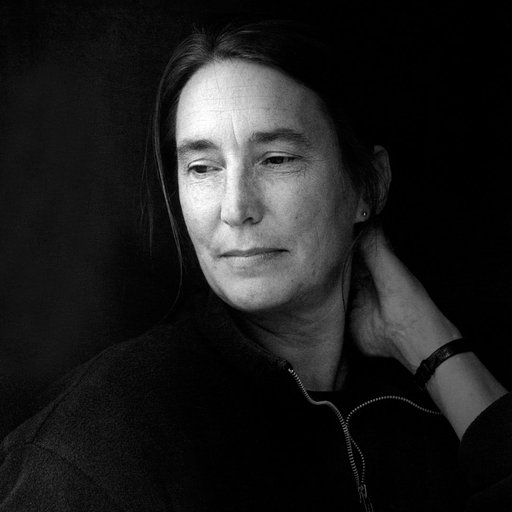Interviews are opportunities to get a straight-from-the-source account of what artists of today are thinking, feeling, and making. Looking back at the interviews Artspace did in 2017, it's clear the art community has some big topics in mind, from artificial intellegence and survellience to gender and identity to the pitfalls of the art market and exciting new alternatives. Catch up on the conversations you missed. Here are our favorite Q&As from 2017:
You're Being Watched:Trevor Paglen on How Machine-Made Images Are Policing Society & Changing Art History
The work of Trevor Paglen, the recipient of this year's McArthur Genius Grant, reveal not only a new type of image made by artificial intelligence, but also a new structure of power asserted by those that benefit from these "invisible" images. Here Loney Abrams speaks with the artist about how autonomous object recognition services can track people even when they think they're offline, about how art history needs to make way for vision that doesn't require human eyes, and about the dangerous biases programmed into artificial intelligence.
Loney Abrams speaks with Johanna Burton, curator of "Trigger: Gender As a Tool and a Weapon" still on at the Whitney, about her reaction to the press she's received, her insistence on using the word "destabilizing" rather than "confusing" to describe the works in the exhibition, how the #metoo movement has impacted perception of the works, and whether or not museums can instigate real social change.
Q&A: Meriem Bennani's Video Installation at The Kitchen Brings Moroccan Tradition to Digital Art
Shannon Lee speaks with artist Morrocan-born, New York-based video artist Meriem Bennani about the traps that come with identity conformity, as well as her show at The Kitchen, chikha culture, and Youtube's role in becoming an archive of an undocumented Morrocan-Arabic dialect.
The art market has changed drastically since Joel Mesler started dealing 14 years ago, and Mesler has adapted and changed with it. As a dealer, he’s no longer tied to the idea of exclusivity (he thinks representing artists is a thing of the past), he applauds the artists who have left him for bigger galleries (it’s a testament to his success in developing them), and he thinks that the future of the mid-tier gallery is seasonal, project-based, or off the beaten path. Artspace’s editor-in-chief Loney Abrams racks Mesler’s brain about his Darwanistic view of the art world—and his responses are as insightful and illuminating as they are laugh-out-loud funny.
"I Don’t Need an Interview to Clarify My Thoughts": An Interview with Louise Bourgeois
Okay, so we didn't interview Louise Bourgeois this year (she passed in 2010), but we did find a gem in the Phaidon archives—a conversation between the artist and critic Paulo Herkenhoff—just in time for Bourgeois' posthumous return to the MoMa ("Louise Bourgeois: An Unfolding Portrait").Here Bourgeois speaks about rebelling against her controlling father as a political act, about her rejection of term "surrealism" in favor of "existentialism," and about making sculptures that "deflate the male psyche as a structure of power"—in this 2003 excerpt that is just as bold and idiosyncratic as the work itself.
To get a better understanding of artistic collaboration, Ellen Mara De Wachter interviewed 25 collaborative groups (like Lizzie Fitch/Ryan Trecartin, DIS, Elmgreen & Dragset, Guerrilla Girls, etc.) for her book Co-Art: Artists on Creative Collaboration. Here, Artspace's editor-in-cheif (and artist who works exclusively in collaboration with another artist) Loney Abrams speaks with De Wachter about her research.
Lauren Greenfield on the Influence of Affluence, and Our Endless Addiction to the Pursuit of Wealth
The photo book Generation Wealth came soon after the election of Donald Trump, a man who’s success and popularity can be attributed to exploiting many of the themes explored in Greenfield's work. After his election, many who hadn’t voted for him were shocked, asking, 'how could this happen?' The answer to this question lies between the covers of Generation Wealth. Greenfield, with beauty and artistry, reveals what we as a society have come to value—and it's not morality. Here, Artspace’s editor-in-chief Loney Abrams speaks with Greenfield about the ‘fake it ‘till you make it’ mentality, about why sexism is so wrapped up in the display of wealth, and whether or not there’s any hope for finding a finish line to the rat race.
As a self-identified “transgender dicephalophilic person with a diagnosis of Asperger syndrome,” Crespo’s work offers a raw and intimate glimpse into a mind that doesn’t quite identify with the physical form it embodies. To clarify, “dicephalophilic” here means an affinity for dicephalic parapagus twins—a difficult-to-pronounce term for conjoined twins who share a single torso and set of legs but have two separate, side-by-side heads. Here, Artspace’s editor-in-chief Loney Abrams speaks with Crespo over coffee in a Chinatown park about the film, their transformation, conjoined twins, and Christianity.
During a lull in the art market, when mid-tier galleries are struggling to keep their doors open and many emerging and mid-career artists are beginning to lose faith in their dealers, could corporate patronage be the art world’s saving grace? Or can the capitalistic, heavy-handed influence of big business on the art world only lead to corruption and exploitation? Here, Artspace’s Loney Abrams speaks with Red Bull Arts's program manager,Max Wolf, about Red Bull’s relationship with the art world and how the art world can stand to benefit from it.
"It's Profoundly Tragic": Eric Fischl on Painting America in Decline
In this conversation between the artist and Loney Abrams, Fischl expresses a deep concern for the state of his country and the incompetency of a certain “white, rich male.” And yet, the 69-year-old artist also voices optimism for art’s potential for “non-verbal” confrontation as well as some words of wisdom for young painters coming up today.
Q&A: Whitney Curator Chrissie Iles Looks Forward to a Future with A.I. and Universal Income
Having curated major museum surveys with artists like Marina Abramovic, Louise Bourgeois, Dan Graham, Sol LeWitt, Donald Judd, and Yoko Ono, Chrissie Iles is known to most as a big-league curator, working with big names and big budgets at The Whitney Museum of American Art. But to the emerging artist community, Iles is the champion of young artists, especially those whose work might be too “difficult” or unsaleable for the market-driven gallery system. Here, Iles speaks passionately about her excitement for a radicalized future, about how and where she goes to discover emerging talent outside of the commercial gallery circuit, and defines what she believes is our current art historical period.
Technically we're cheating with this one; it was published on December 12th, 2016. BUT, it continues to be the most read article on Artspace, ever—so do yourself a favor and read it already. Here, at a moment of vast societal upheaval much like the one Curtis describes in his new film Hypernomalization, Artspace’s Loney Abrams spoke to the BBC filmmaker for his views on the role of art in politics, the problem with self-expression, and what artists can do in our fracturing civilization.











